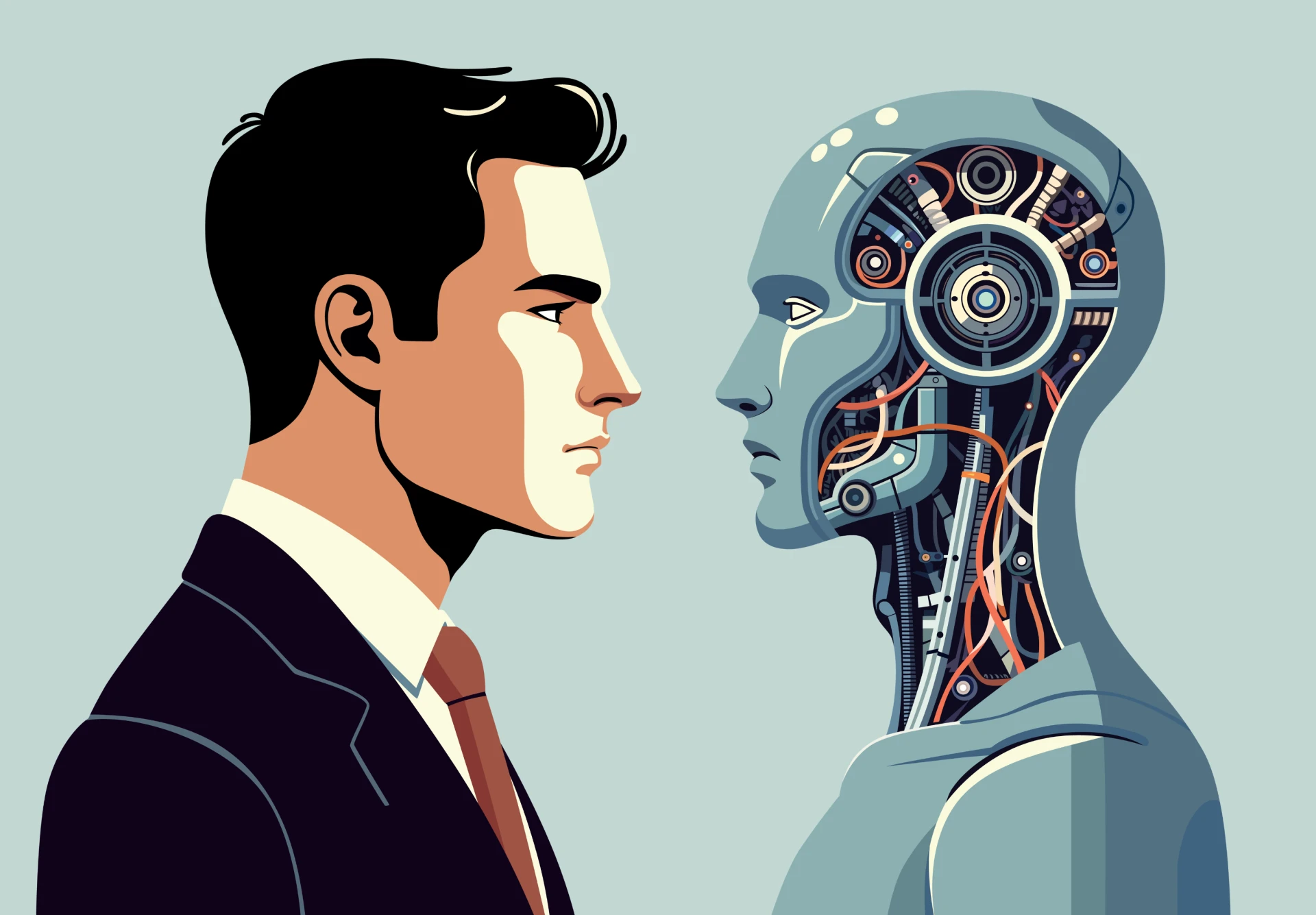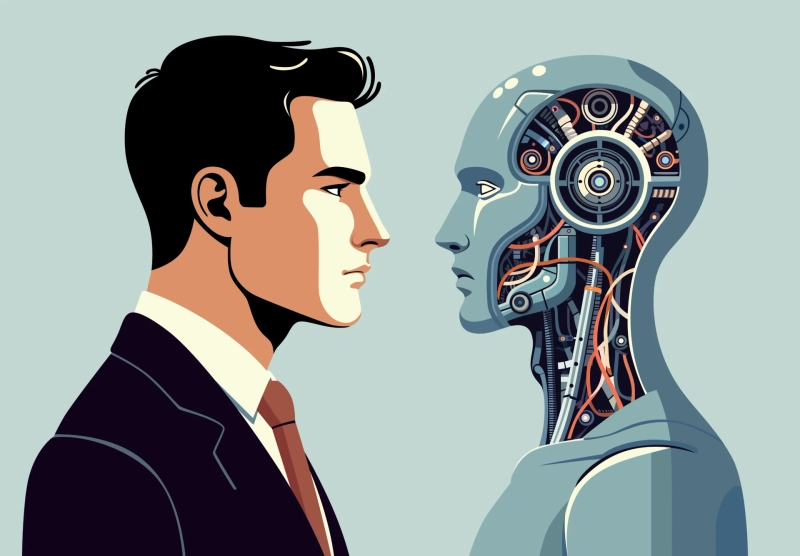Artificial Intelligence (AI) is no longer a concept confined to research labs or science fiction. Today, AI is embedded into everyday technologies—from personal assistants like Siri and Alexa to customer service chatbots, self-driving cars, and advanced robotics. Behind many of these innovations lies a critical concept: the AI agent.
This article offers a comprehensive guide on how to build AI agents, explains how they work, and explores how businesses can harness them to create competitive advantages. Whether you're a tech leader, software developer, or part of an AI development company, understanding AI agent development is essential in today’s digital economy.
What Is an AI Agent?
An AI agent is a software entity capable of perceiving its environment, processing data, and performing actions to achieve specific objectives. These agents are autonomous—they make decisions and take action without human intervention.
Examples of AI Agents in Use:
- Customer Support Bots answering FAQs 24/7.
- Recommendation Engines offering personalized products.
- Trading Bots making split-second financial decisions.
- Autonomous Vehicles navigating traffic in real-time.
At its core, an AI agent is about intelligent behavior—it observes, reasons, and acts. That makes it one of the most important components in modern AI systems.
How AI Agents Work
To understand how to build AI agents, it’s important to first understand how they work. AI agents function based on a concept known as the perception-action loop, which includes the following stages:
1. Perception
The agent perceives its environment via sensors (in robotics) or input data (in software systems). For example:
- A chatbot perceives text input from users.
- A self-driving car uses cameras and radar to perceive road conditions.
2. Processing / Reasoning
Once the data is received, the agent interprets it using algorithms. This could involve:
- Pattern recognition
- Natural Language Understanding (NLU)
- Computer vision
- Logical inference
3. Decision-Making
The agent determines the most appropriate action using decision rules, search strategies, or machine learning models.
4. Action
It then acts upon the environment—sending messages, moving objects, activating systems, or updating data.
5. Learning (in intelligent agents)
Some AI agents can learn from their environment and improve over time using reinforcement learning or supervised learning models.
This loop runs continuously, allowing the AI agent to evolve and adapt in real-time.
Types of AI Agents
Depending on complexity and purpose, AI agents can be categorized into several types:
1. Simple Reflex Agents
- Operate based on predefined rules.
- Example: A thermostat that turns on heating if the temperature drops below a threshold.
2. Model-Based Reflex Agents
- Use a model of the world to make better decisions.
- Suitable for dynamic environments.
3. Goal-Based Agents
- Plan actions to achieve specific goals.
- Example: A chatbot designed to help users book flights.
4. Utility-Based Agents
- Evaluate outcomes to choose the best action based on utility.
- Useful in scenarios with multiple possible good outcomes.
5. Learning Agents
- Use feedback to improve decisions over time.
- Example: AI in video games that adapt to a player’s strategy.
Choosing the right type of agent is a critical step in AI agent development.
Why Build AI Agents?
AI agents are increasingly being used across industries to automate, optimize, and innovate. Here’s why:
- Efficiency: Automate routine tasks and reduce manual workload.
- Scalability: Serve thousands or even millions of users simultaneously.
- Consistency: Deliver standardized outputs and decisions.
- Speed: Make decisions in milliseconds.
- Learning Ability: Improve over time with data-driven feedback.
Companies leveraging AI agents often experience enhanced productivity, improved customer satisfaction, and significant cost savings.
How to Build AI Agents: Step-by-Step Guide
Let’s dive into the practical side of how to build AI agents. Below is a step-by-step approach that businesses and developers can follow.
Step 1: Define the Objective
Start by asking:
- What problem will the AI agent solve?
- What environment will it operate in?
- What actions will it be able to take?
Examples:
- An AI agent that schedules meetings based on your calendar.
- A virtual health assistant that answers patient questions.
Clear objectives define the agent’s role, data needs, and scope.
Step 2: Choose the Right Type of Agent
Based on your objective, choose the appropriate type of AI agent (simple reflex, goal-based, or learning agent).
For example:
- If your agent needs to continuously improve, a learning agent is ideal.
- If you need a simple rule-based system, a reflex agent may suffice.
Step 3: Design the Agent Architecture
The architecture includes:
- Sensors/Input Modules: How the agent receives information.
- Processing Unit: Logic or machine learning model for decision-making.
- Actuators/Outputs: How it takes action (e.g., respond to users, send alerts, trigger events).
Most modern agents are designed using modular components to allow for scaling and updates.
Step 4: Collect and Prepare Data
Data is the lifeblood of AI. Depending on the agent’s function, gather:
- Historical customer interaction logs
- Sensor data
- Transaction records
- Web activity logs
Then clean and preprocess the data using tools like Pandas, NumPy, or TensorFlow.
Step 5: Choose Tools and Technologies
Python is the most popular language for AI agent development due to its vast ecosystem.
Libraries and Tools:
- Natural Language Processing: spaCy, NLTK, GPT models
- Machine Learning: Scikit-learn, TensorFlow, PyTorch
- Reinforcement Learning: OpenAI Gym, Stable Baselines
- Web APIs: FastAPI, Flask for integrating agents into apps
An experienced AI development company can help select the best stack for your specific needs.
Step 6: Build the Reasoning Engine
The decision-making logic can be implemented using:
- If-else logic (for simple agents)
- Decision trees or rule-based systems
- Trained ML models (for complex behavior)
- Reinforcement learning for adaptive environments
Here’s a simple example of rule-based logic in Python:
python
CopyEdit
def respond(input_text):
if "hours" in input_text:
return "Our working hours are 9 AM to 5 PM."
elif "price" in input_text:
return "Our pricing depends on the package you choose."
else:
return "Sorry, I didn’t understand that."
Step 7: Train and Test the Agent
If using machine learning or reinforcement learning:
- Split your dataset into training and testing sets.
- Use performance metrics like accuracy, precision, recall, or cumulative reward.
- Fine-tune hyperparameters and retrain as needed.
Continuous evaluation is critical to ensure the agent behaves reliably in real-world scenarios.
Step 8: Deploy the AI Agent
Deploy your AI agent using:
- Cloud Platforms: AWS, Azure, GCP
- Containers: Docker, Kubernetes
- CI/CD Pipelines: Automate updates and patches
Ensure you monitor the agent's performance and log all actions for security and analysis.
Common Challenges in AI Agent Development
While powerful, building AI agents comes with some challenges:
- Data Privacy & Security: Ensure sensitive data is protected.
- Bias in Models: Biased training data leads to biased decisions.
- Complexity in Deployment: Managing infrastructure and scaling logic can be complex.
- User Trust: Users must trust the AI agent to make decisions.
These challenges highlight why many companies choose to partner with a trusted AI development company to mitigate risks and deliver quality outcomes.
Final Thoughts
AI agents are revolutionizing how businesses interact with customers, automate operations, and make decisions. By understanding how they work, how to build AI agents, and how to use them effectively, organizations can unlock new levels of efficiency and innovation.
Whether you're developing in-house or working with a top-tier AI development company, investing in AI agent development is no longer optional—it's a necessity for staying competitive in the AI-driven future.


